Gunung Padang pyramid oldest discovered
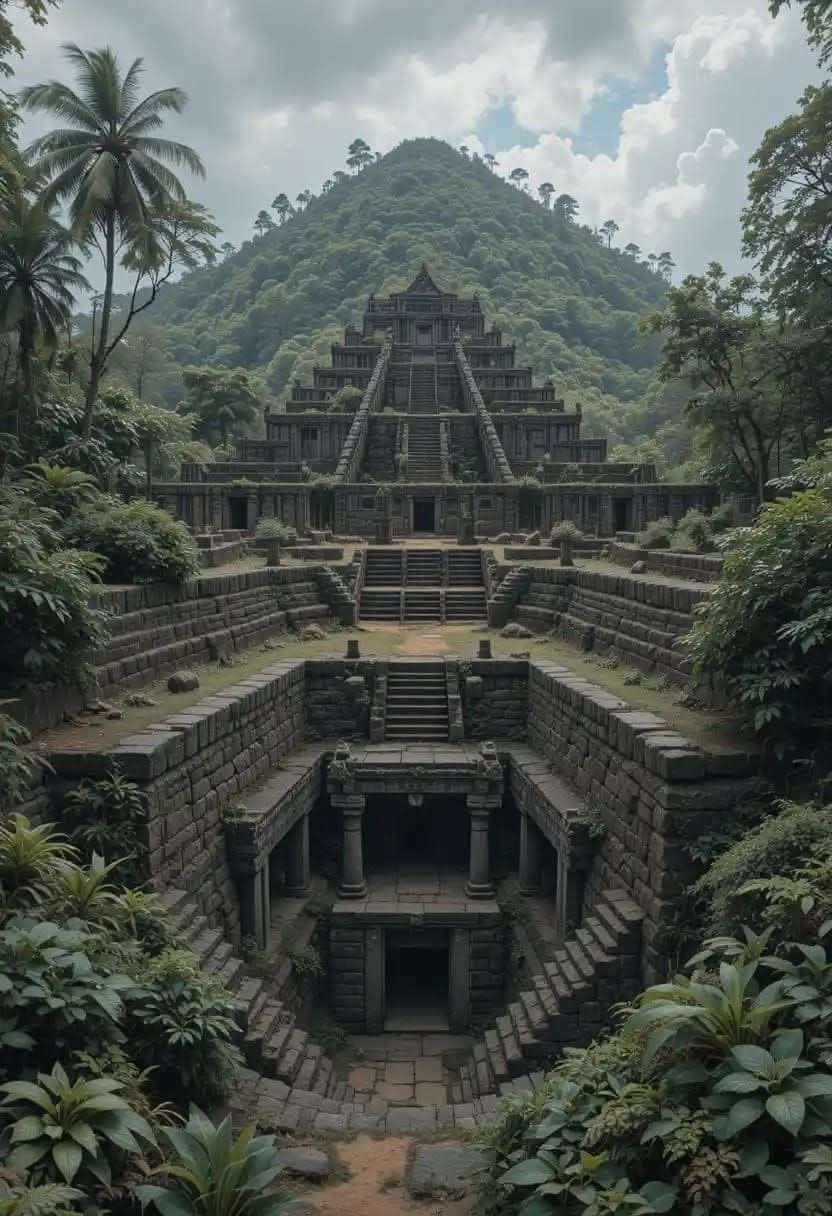
Gunung Padang: The World's Oldest Pyramid Hidden Beneath the Earth
What if the oldest pyramid in the world wasn’t found in Egypt but lay hidden beneath the lush, rolling landscapes of Indonesia? Nestled in the heart of West Java, Gunung Padang is no ordinary hill—it may hold the key to unlocking an ancient civilization far older than previously imagined. With its seemingly unassuming terrain draped in dense vegetation, the site has long been shrouded in mystery. However, recent groundbreaking discoveries suggest that beneath the surface lies a massive, multi-layered pyramid—one that could fundamentally alter our understanding of human history.
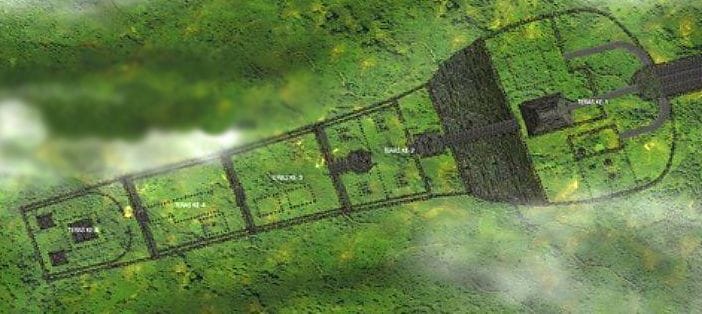
A Monument Through the Ages
Archaeological surveys utilizing cutting-edge technologies such as ground-penetrating radar (GPR), seismic tomography, and radiocarbon dating have unveiled astonishing revelations about Gunung Padang’s construction. Unlike any known megalithic structure, the site appears to have been built in multiple phases over tens of thousands of years, each layer marking a different epoch in human history.
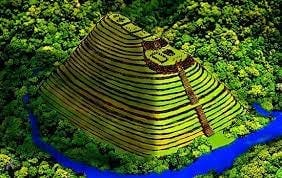
The visible uppermost layer, covered in columnar basalt stones forming terraces, pathways, and open spaces, has been dated to around 3,000–3,500 years ago (circa 1,000 BC). This era aligns with the rise of early civilizations, yet the deeper one digs, the more perplexing the findings become.
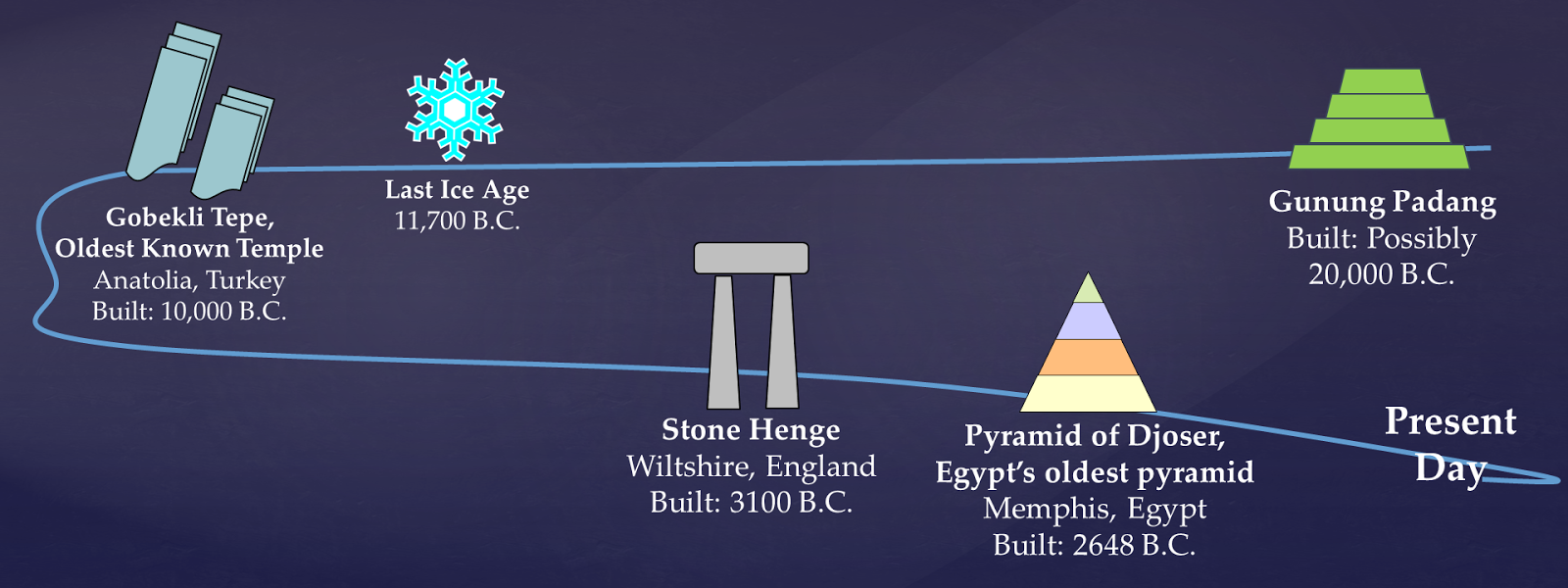
Beneath the surface, at a depth of 3 meters, researchers have identified a second structural layer composed of precisely arranged basalt blocks, estimated to be between 7,500 and 8,300 years old (around 6,000 BC). This predates Mesopotamian and Egyptian societies, hinting at an advanced prehistoric culture previously unrecognized in mainstream archaeology.
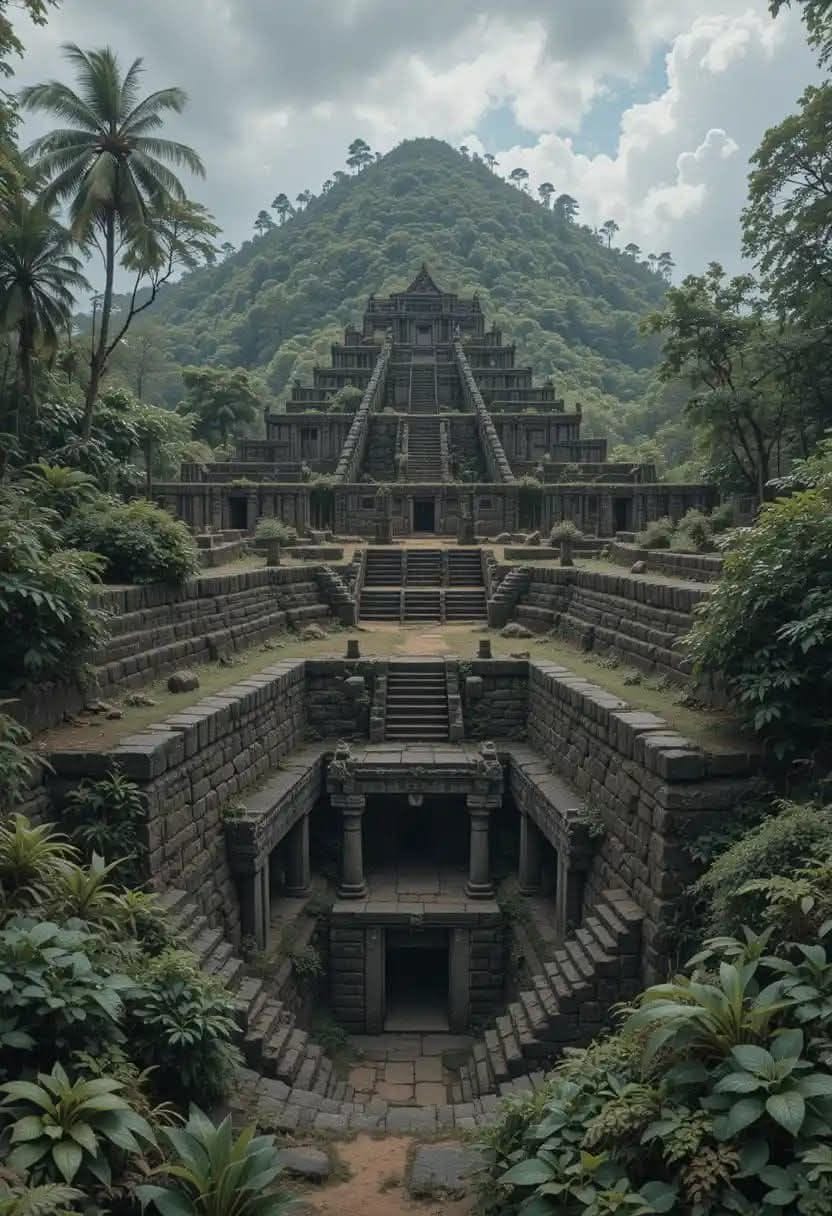
Further down, at 15 meters below, a third layer emerges—one that radiocarbon dating suggests is at least 9,000 years old. And the most mind-boggling discovery yet? The fourth and deepest layer, stretching down to approximately 30 meters, has returned dates as old as 28,000 years. If verified, this would rewrite history books, challenging the notion that humans at the time were mere hunter-gatherers.
An Ancient Civilization Forgotten by Time?
Such findings bring forth a tantalizing question: Who built Gunung Padang, and how advanced was their knowledge? Could this structure be a remnant of an advanced civilization lost to time?
One prevailing theory links Gunung Padang to the prehistoric landmass known as Sundaland—a vast territory that once connected present-day Indonesia, Malaysia, and Thailand before much of it was swallowed by rising sea levels around 14,000 years ago. This submersion could have erased entire civilizations from recorded history, leaving only cryptic traces behind in structures like Gunung Padang.

Unraveling the Secrets Beneath the Earth
As excavation efforts continue, three underground chambers detected through geophysical scanning remain unentered. What lies inside these sealed rooms? Could they hold inscriptions, artifacts, or technological relics that could reveal the builders' identities and their way of life? The possibility of discovering an ancient script, advanced tools, or even evidence of lost knowledge tantalizes explorers and historians alike.
The site's unusual energy readings and magnetic anomalies also raise intriguing questions. Some researchers speculate that Gunung Padang could have had a ceremonial or even technological purpose beyond simple habitation. Was it an astronomical observatory? A spiritual temple? Or perhaps an ancient vault preserving the wisdom of a forgotten epoch?
An Invitation to the Curious Explorer
Gunung Padang is no longer just an archaeological site—it is an open gateway to our planet’s uncharted past. As scientific inquiry continues, the mystery of this hidden pyramid remains unsolved, beckoning adventurers, historians, and curious minds to unravel its enigma. Could this be the key to proving that human civilization is far older and more sophisticated than we ever believed?
The answers may be buried beneath the surface, waiting for those bold enough to seek them.
![Guild of the Dragons -Knowledge Node [^]~~~~~Gratitude~~~~~[^] G0TD](https://guild-of-the-dragons.ghost.io/content/images/2024/02/depositphotos_1562554-stock-photo-golden-dragon.jpg)